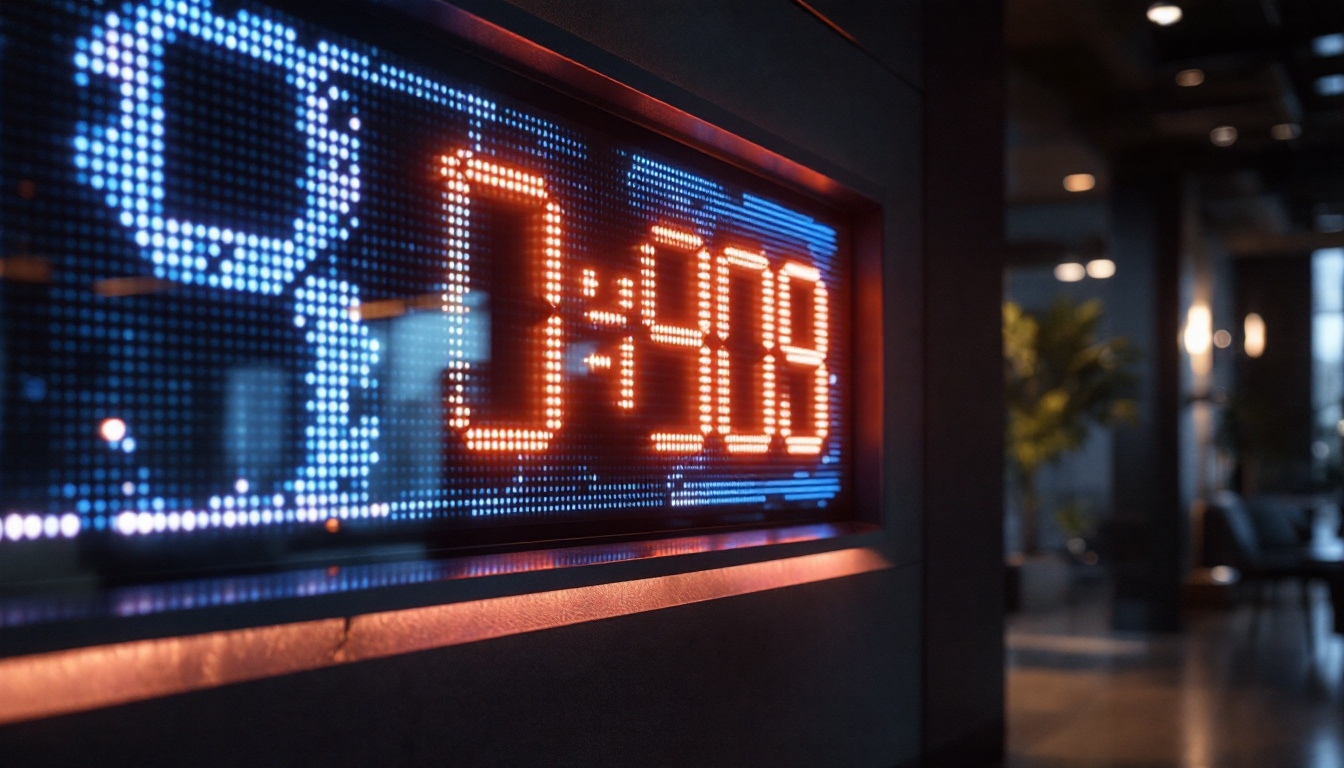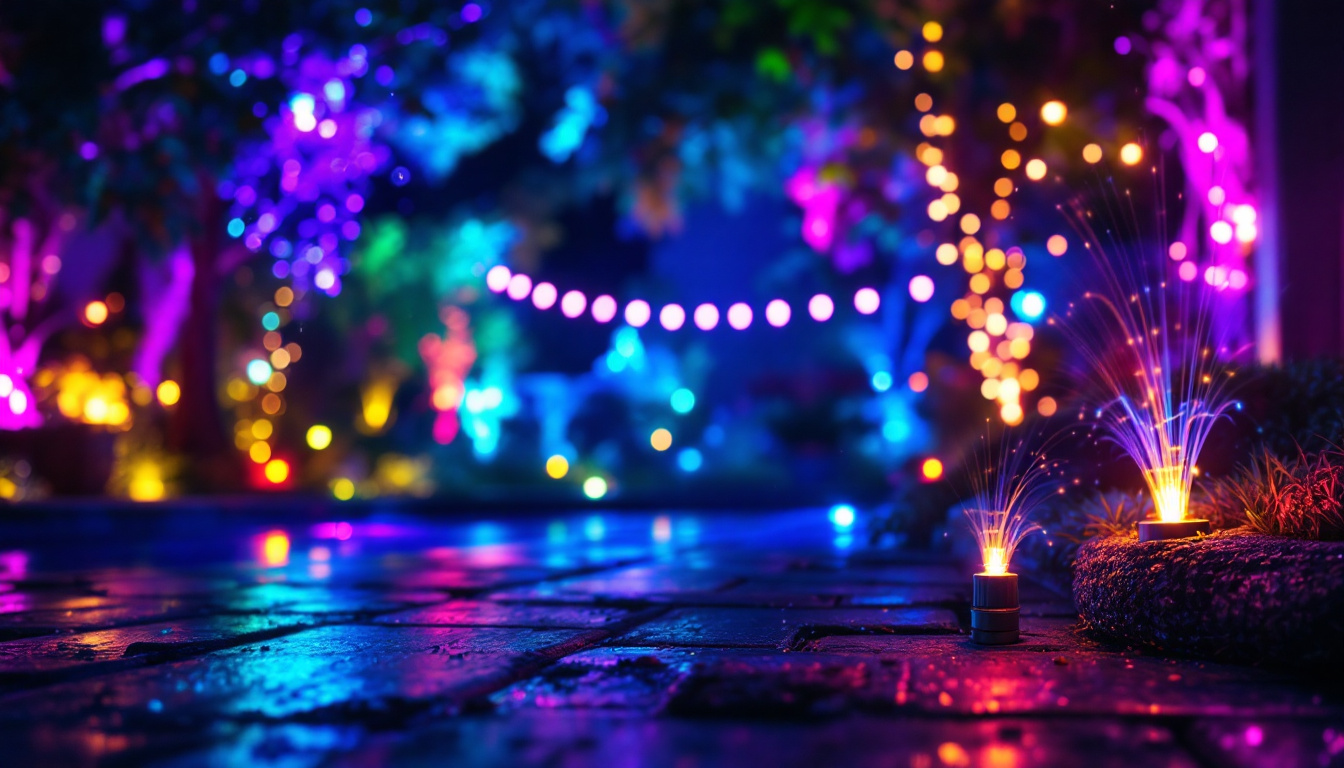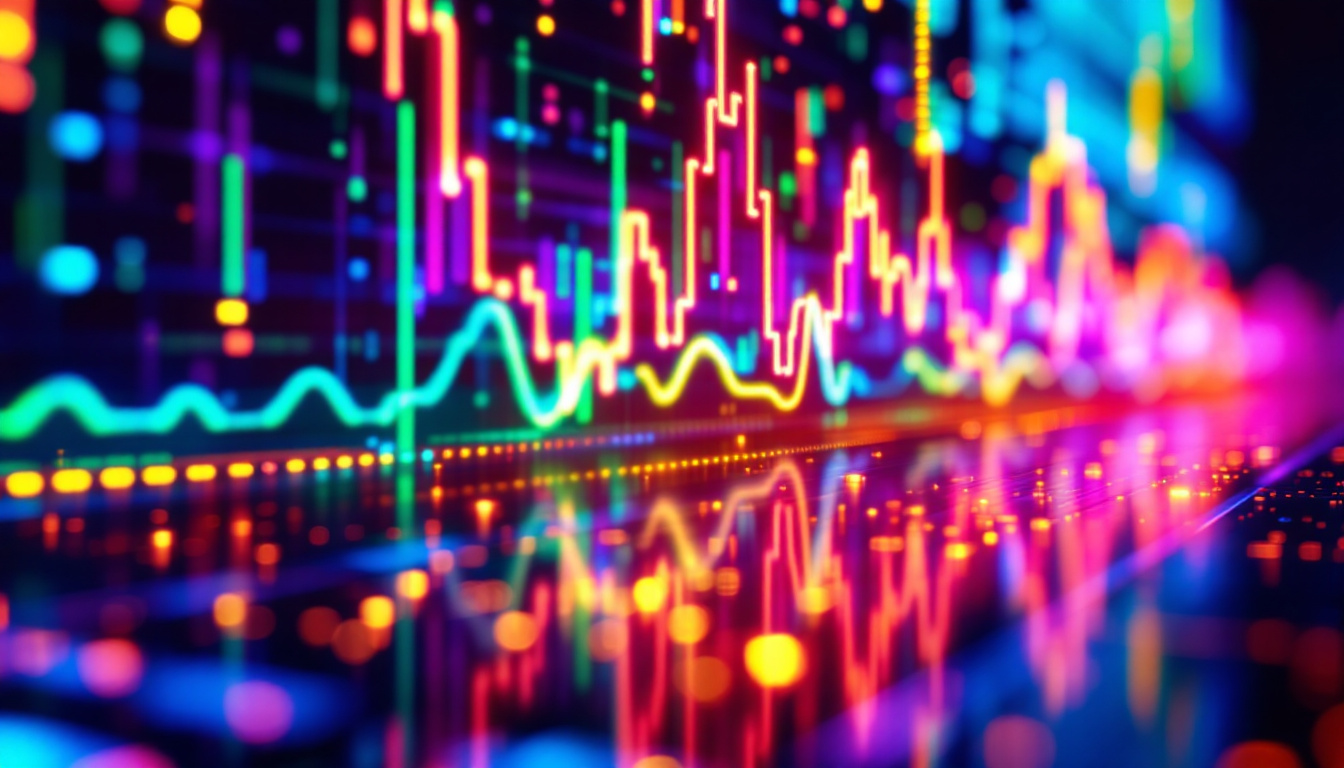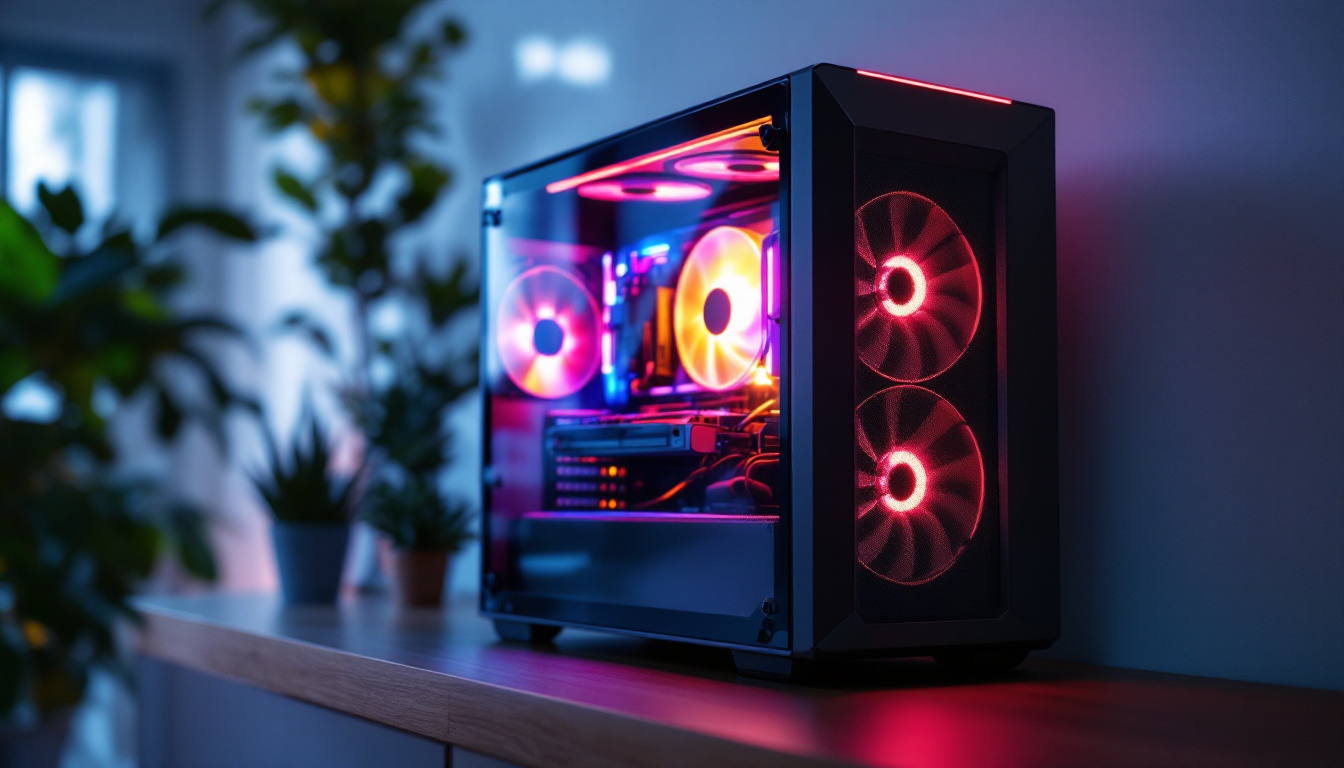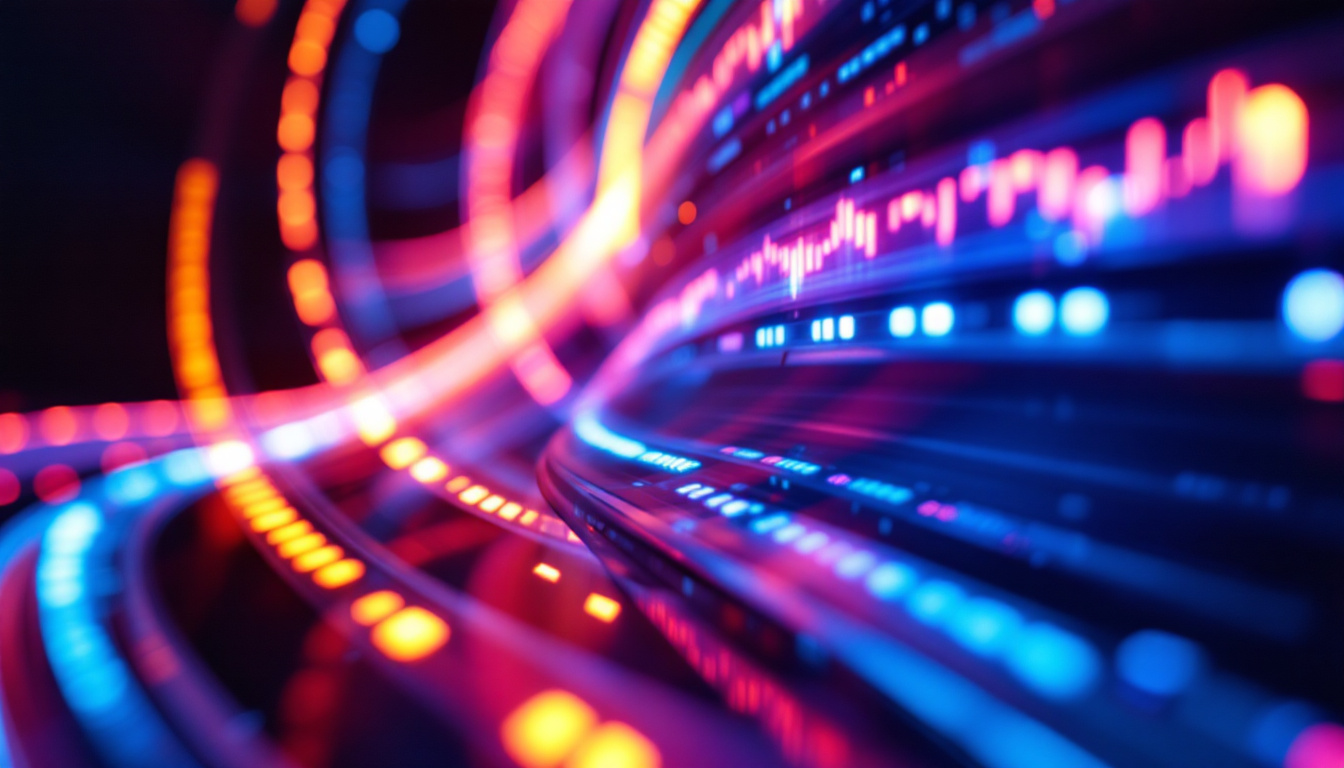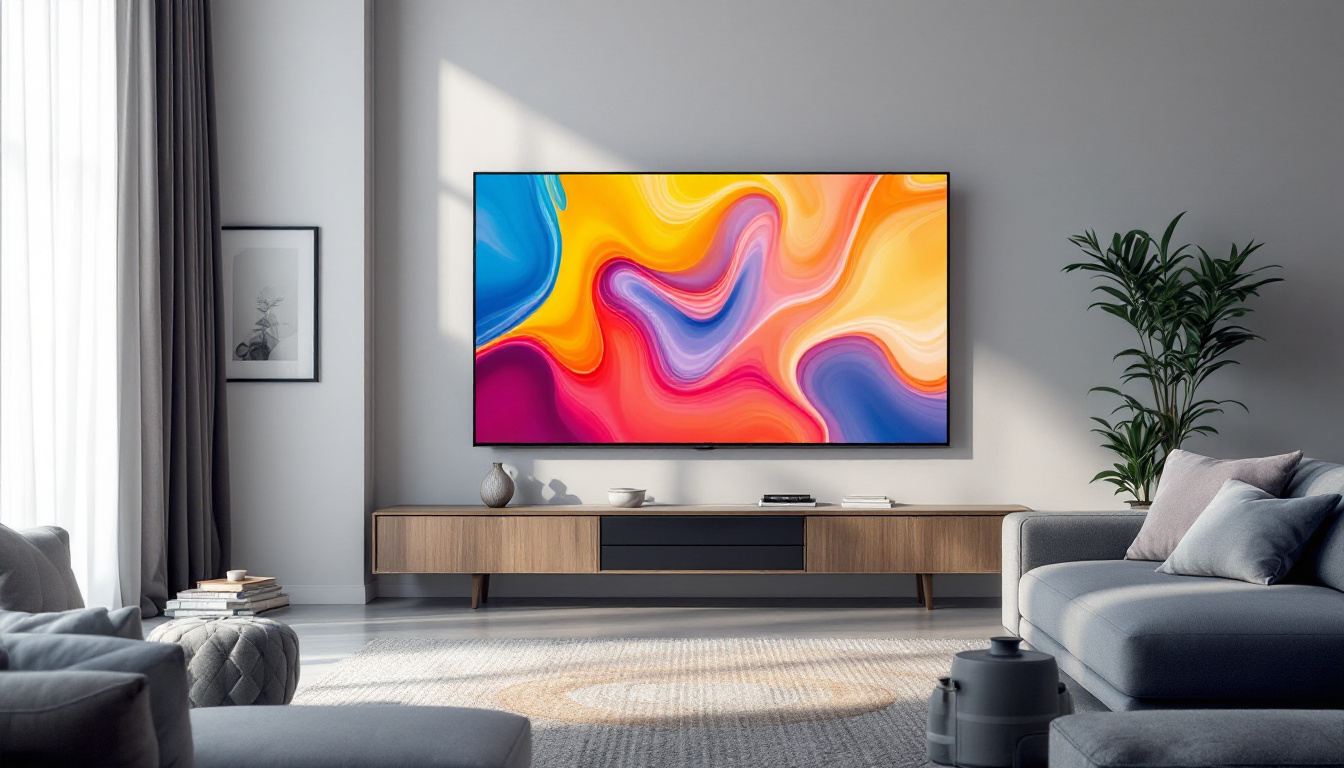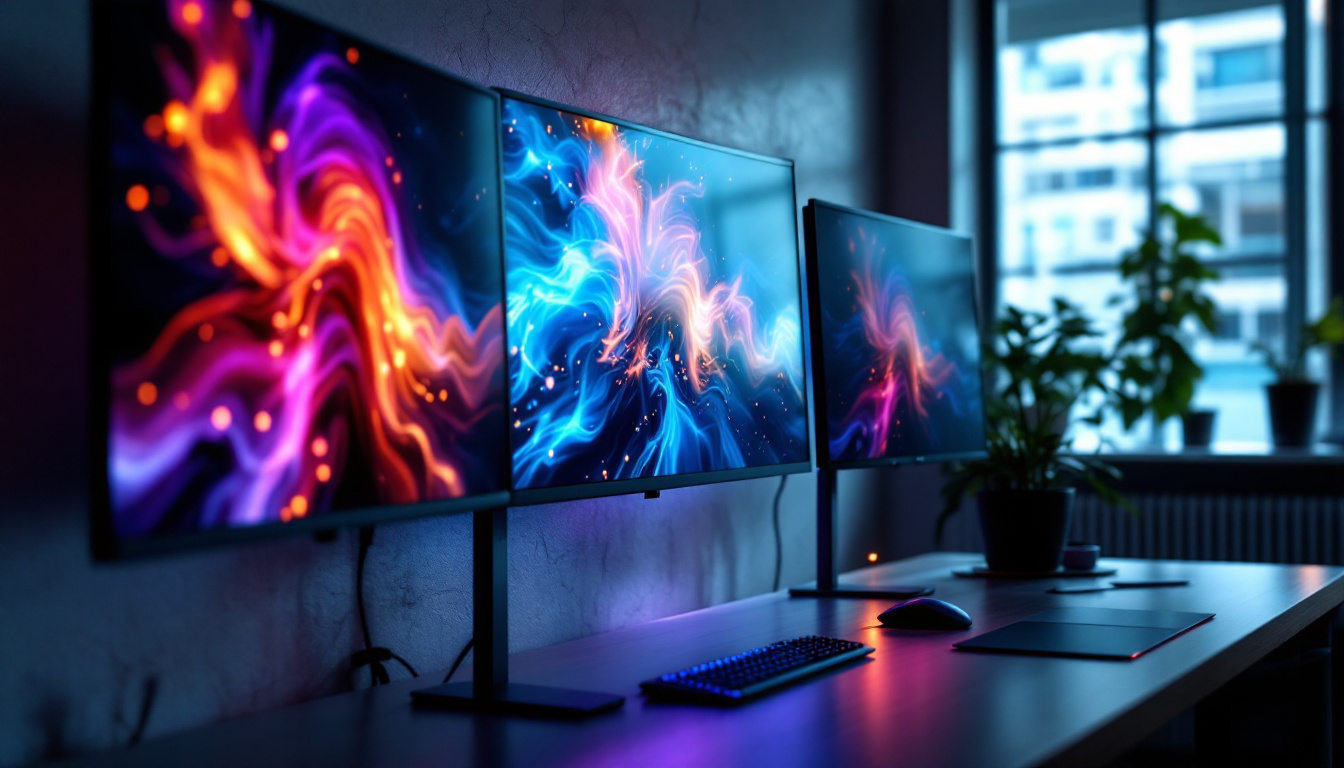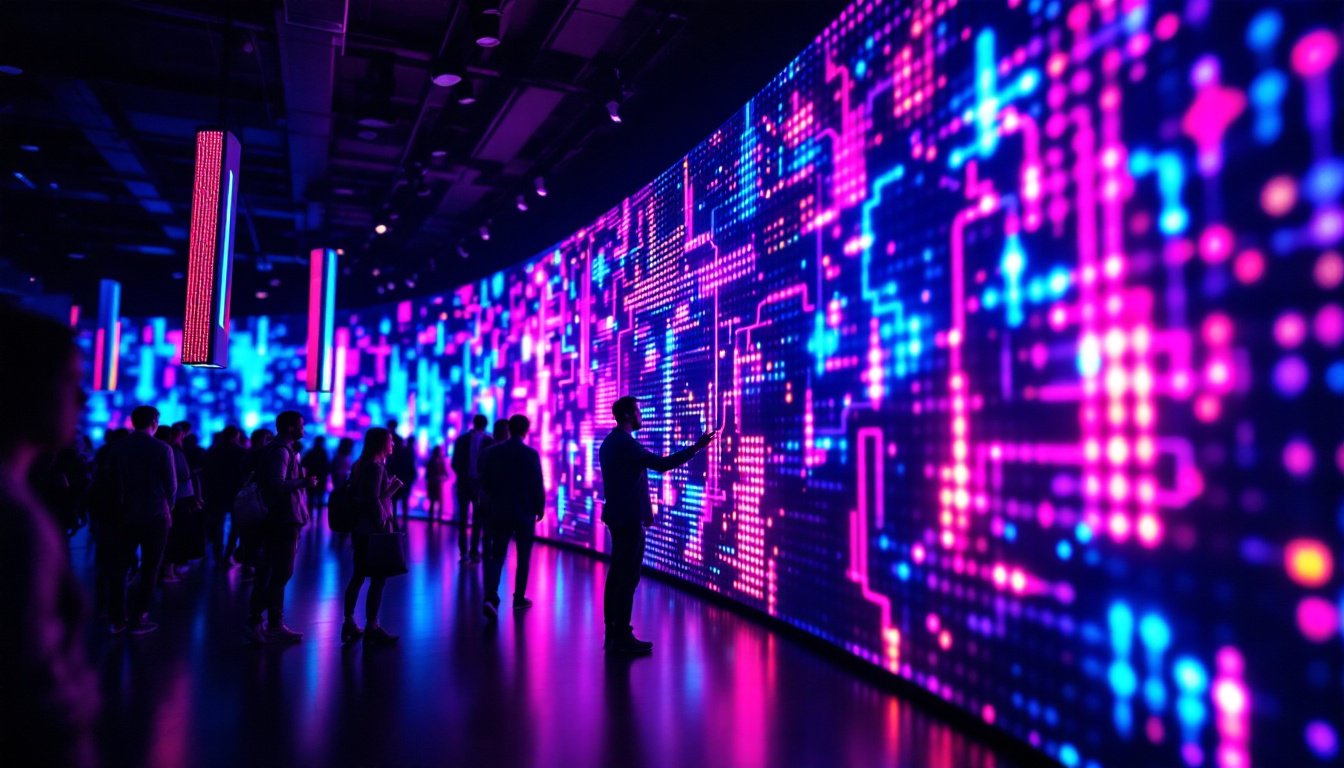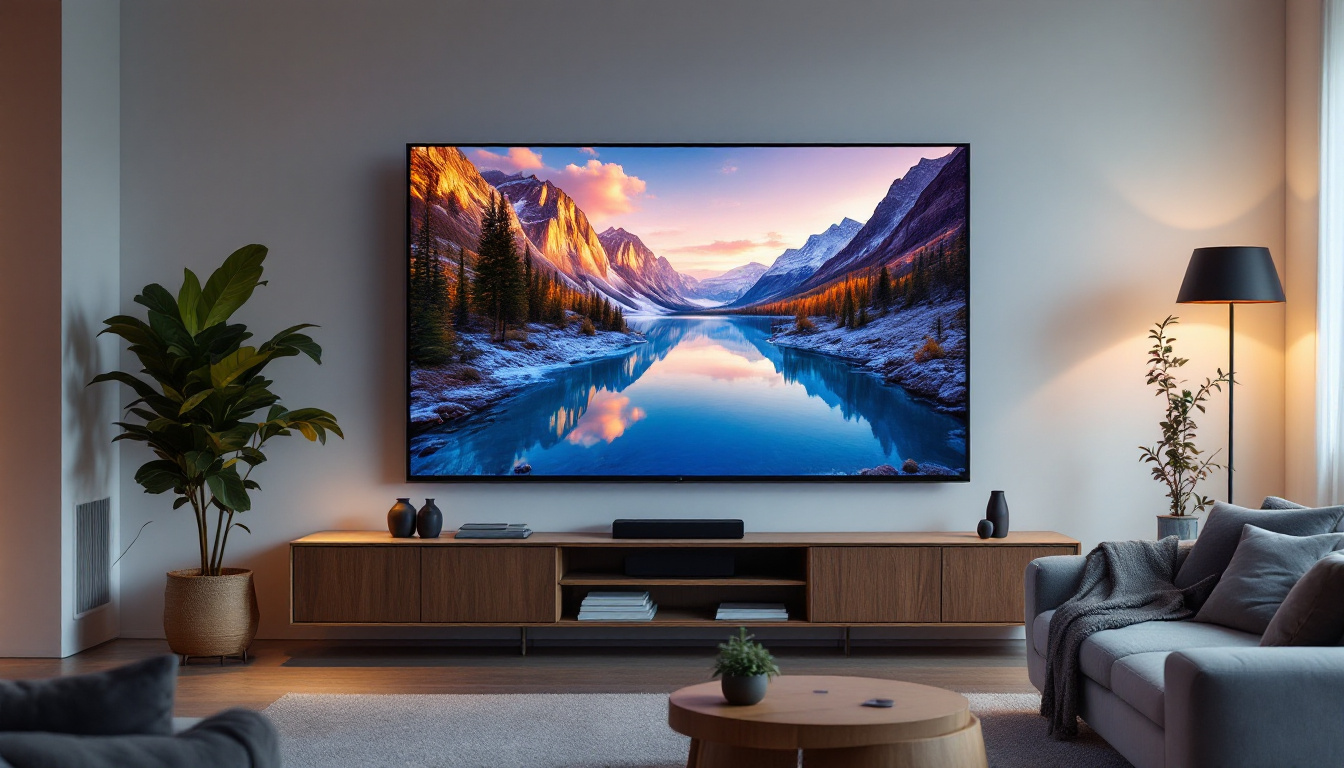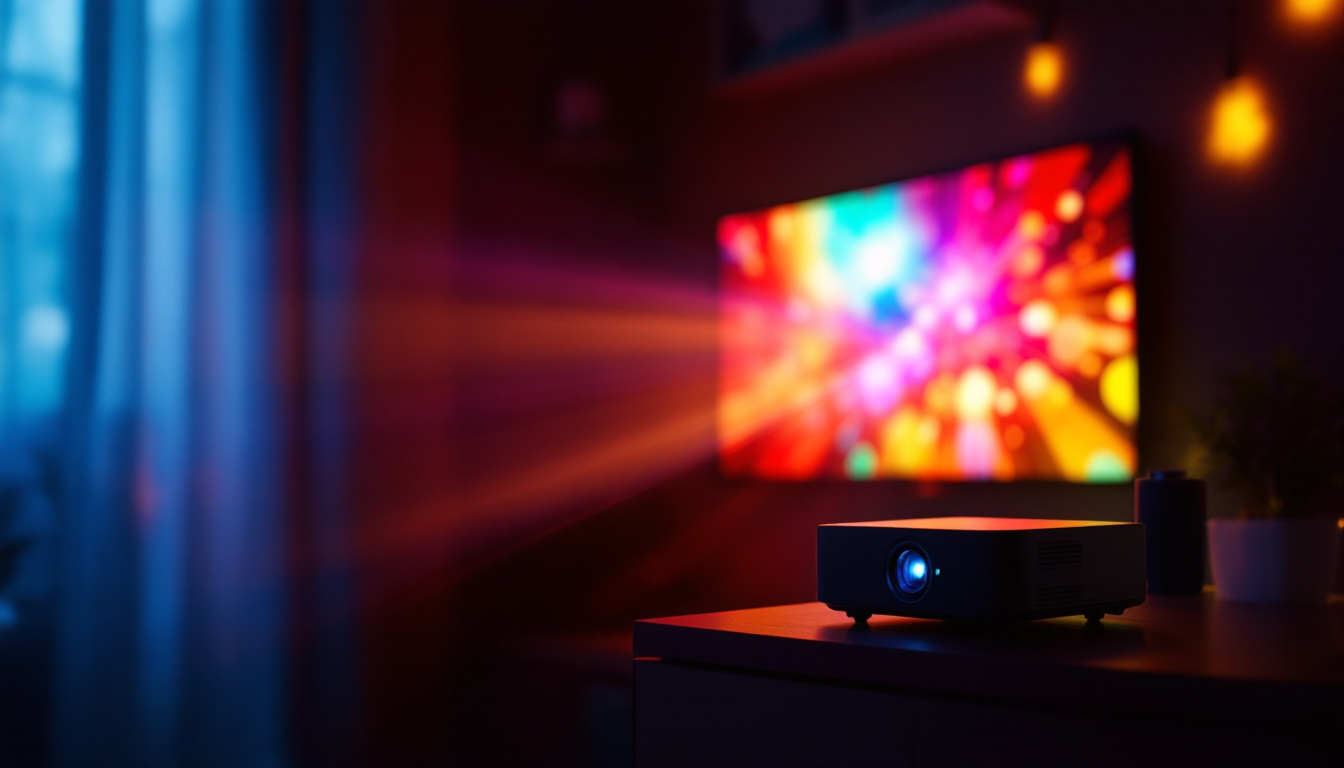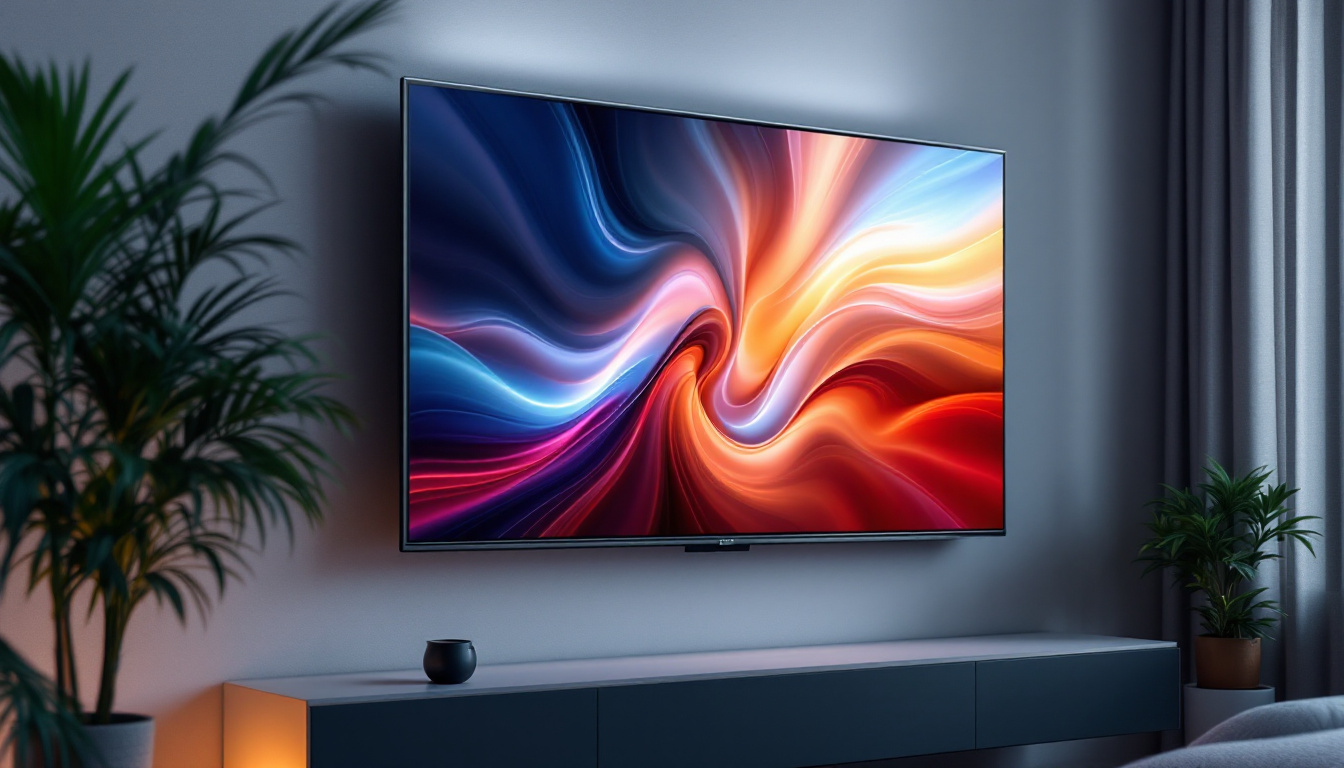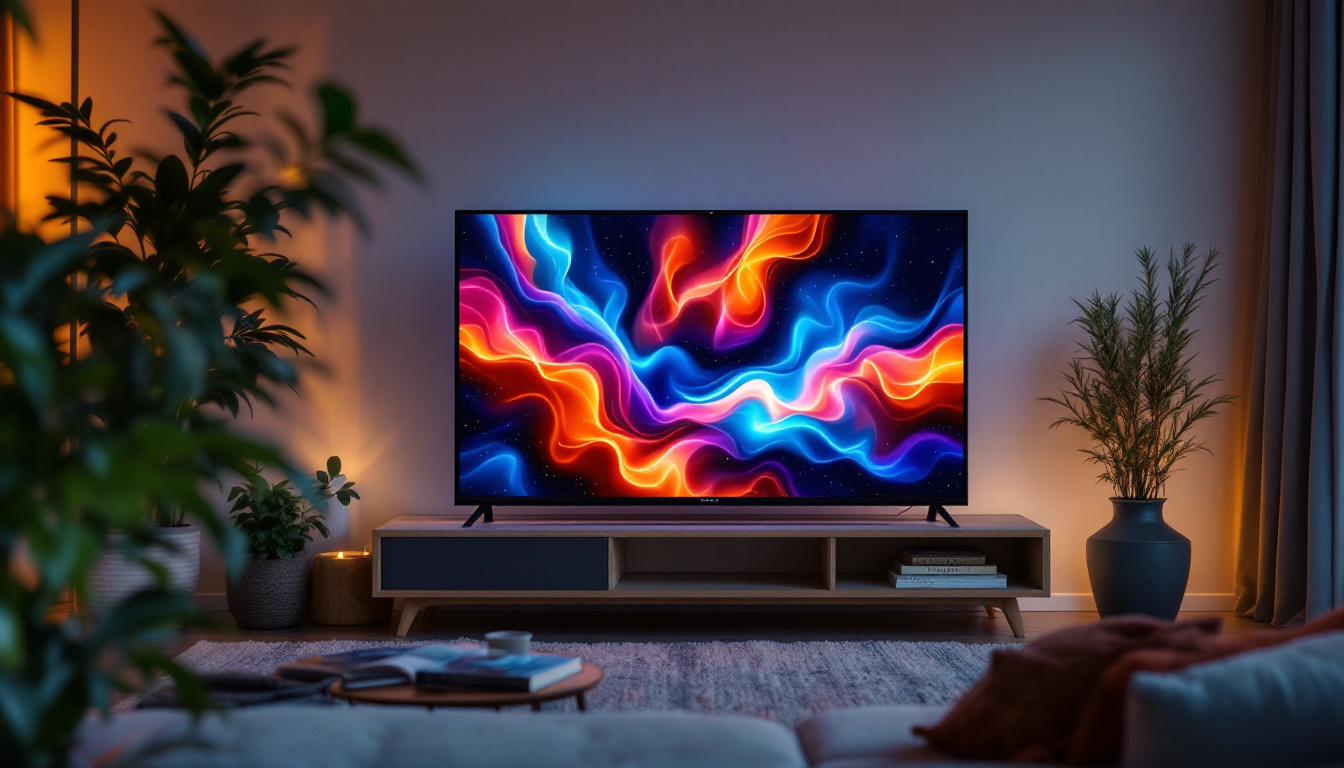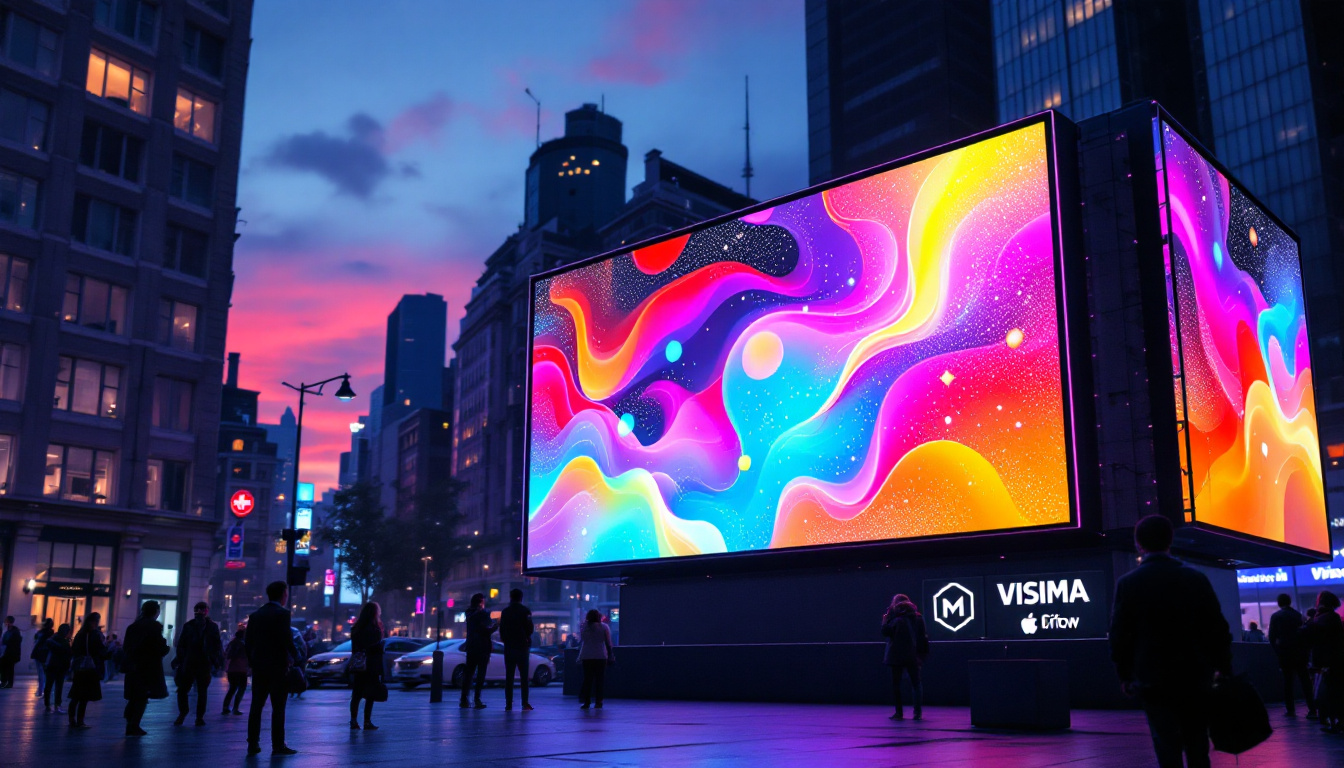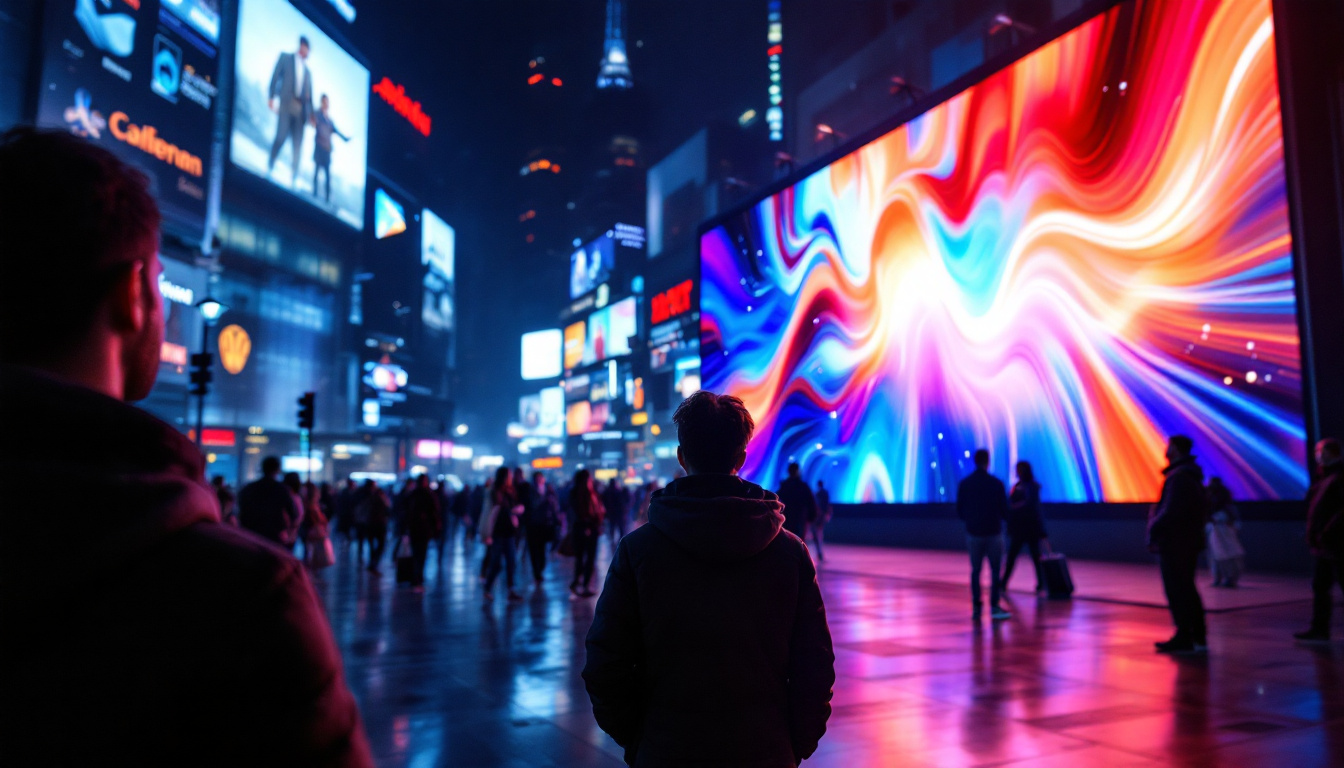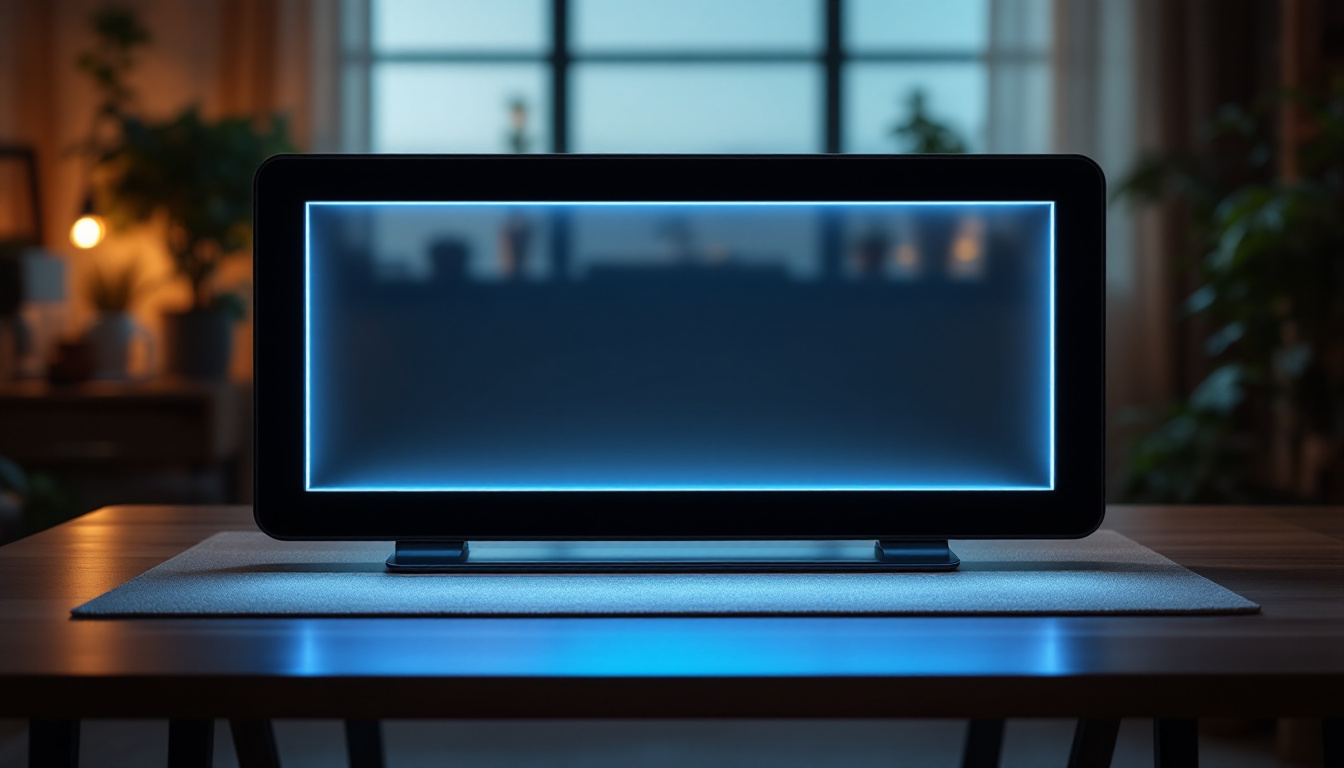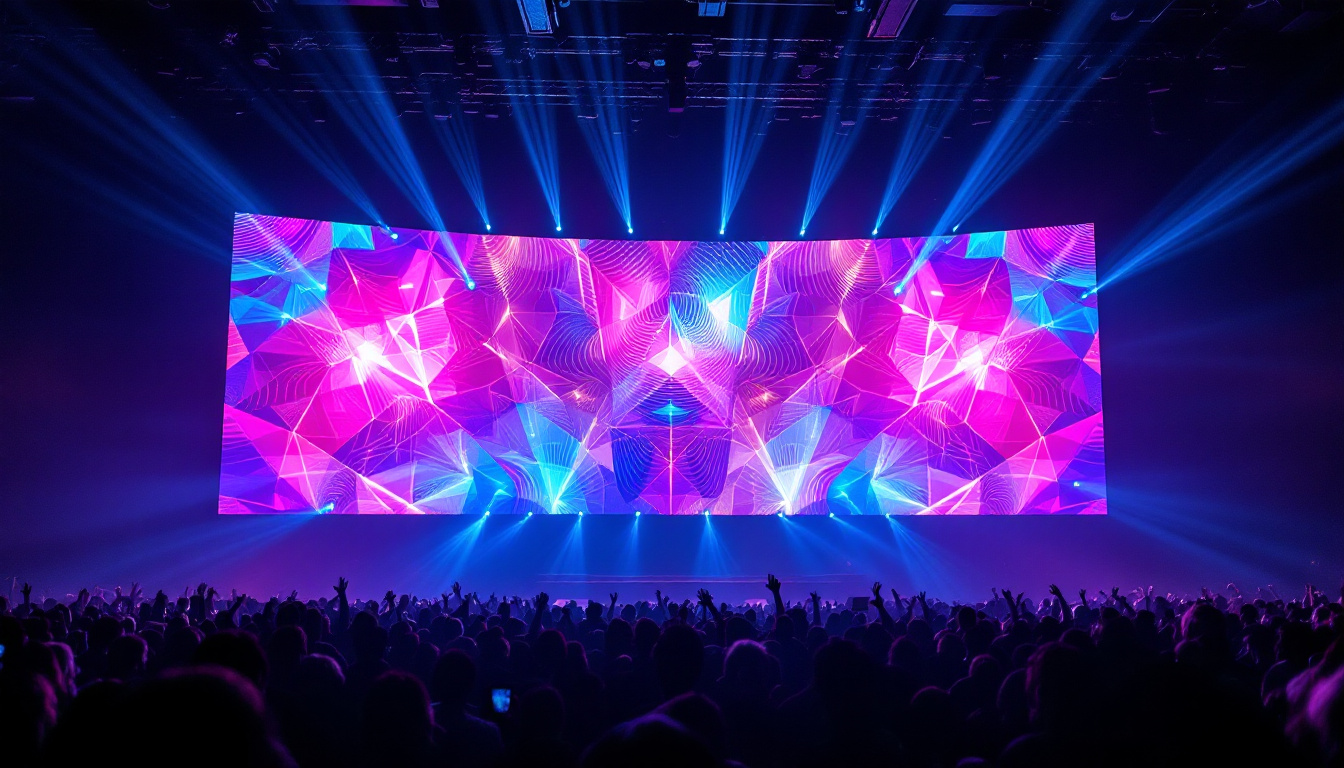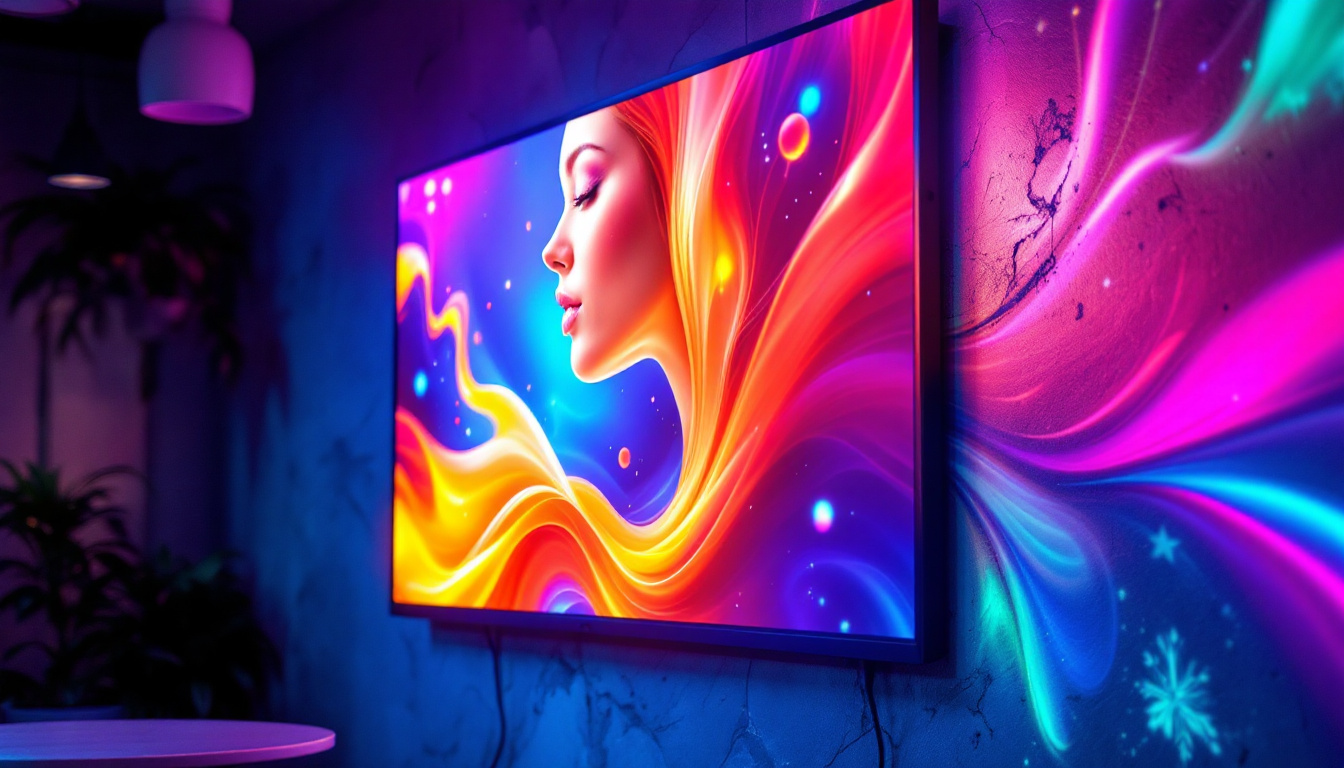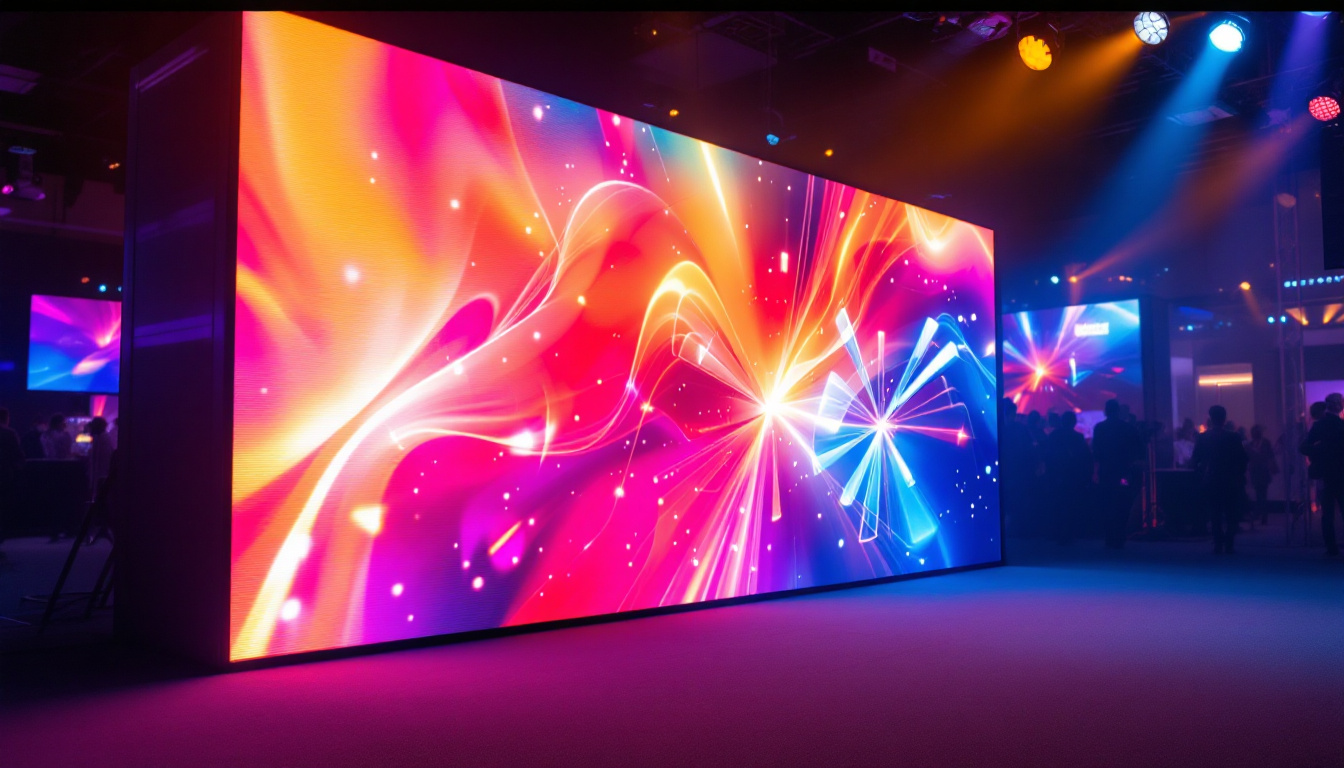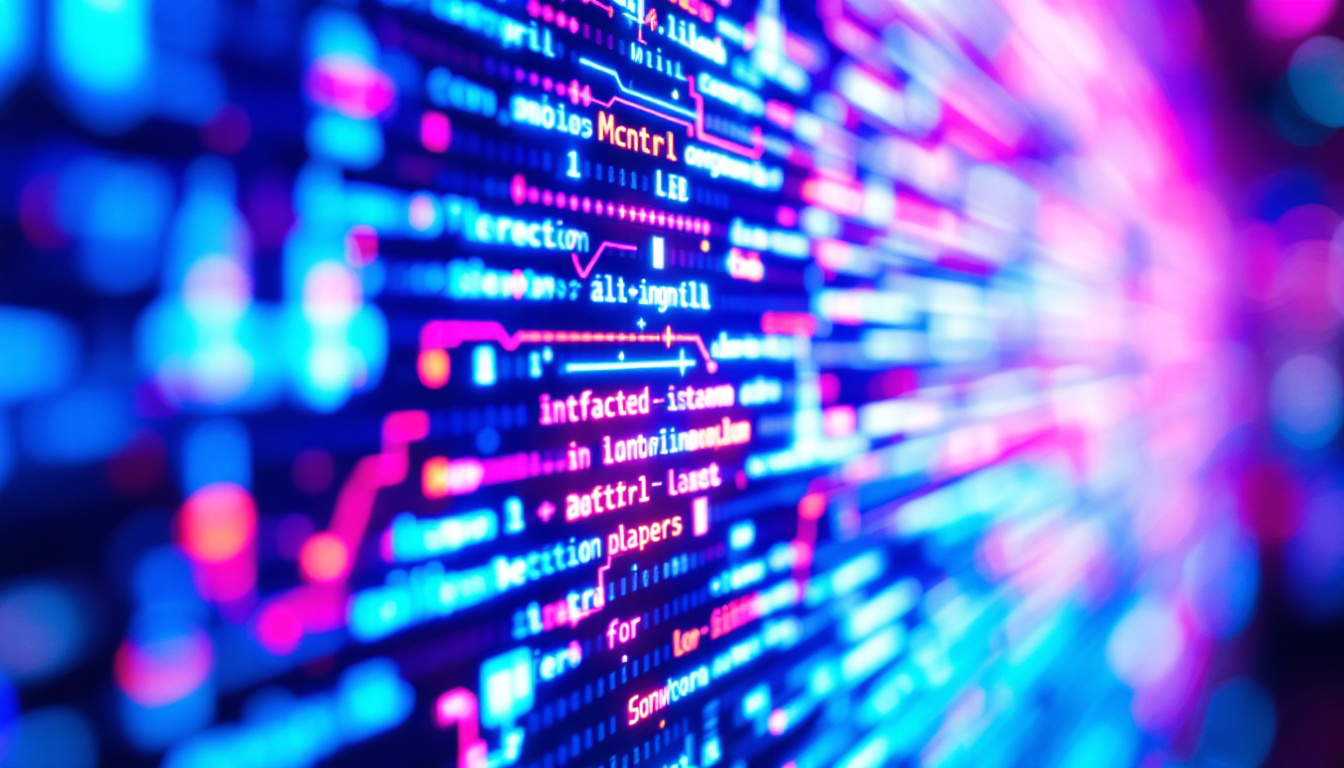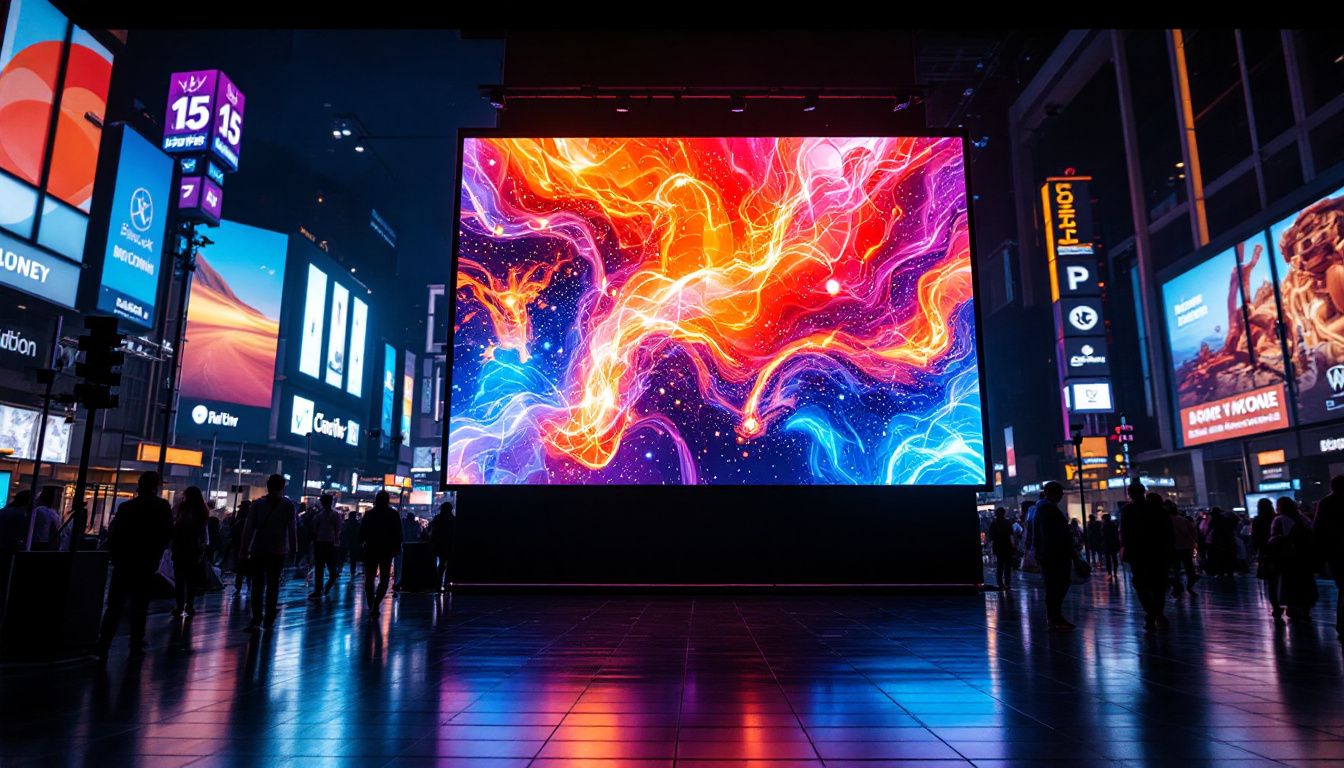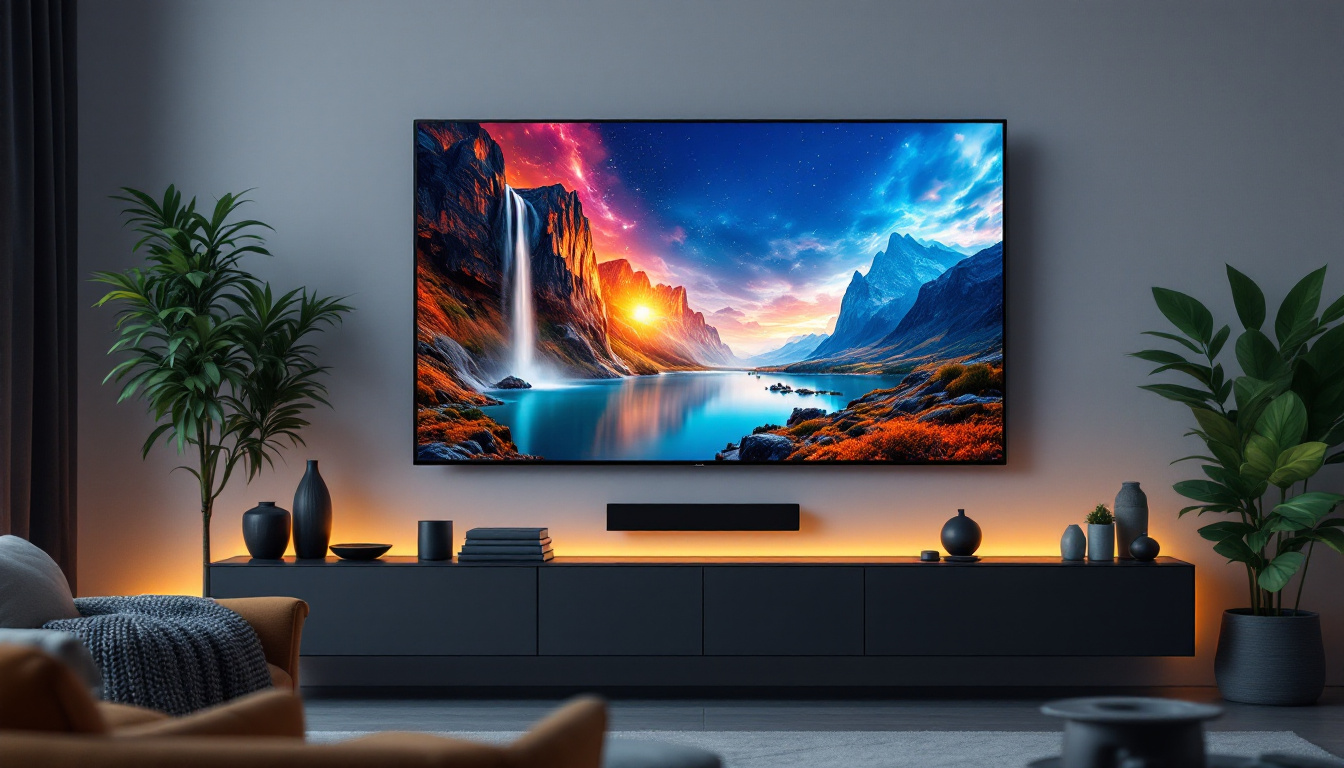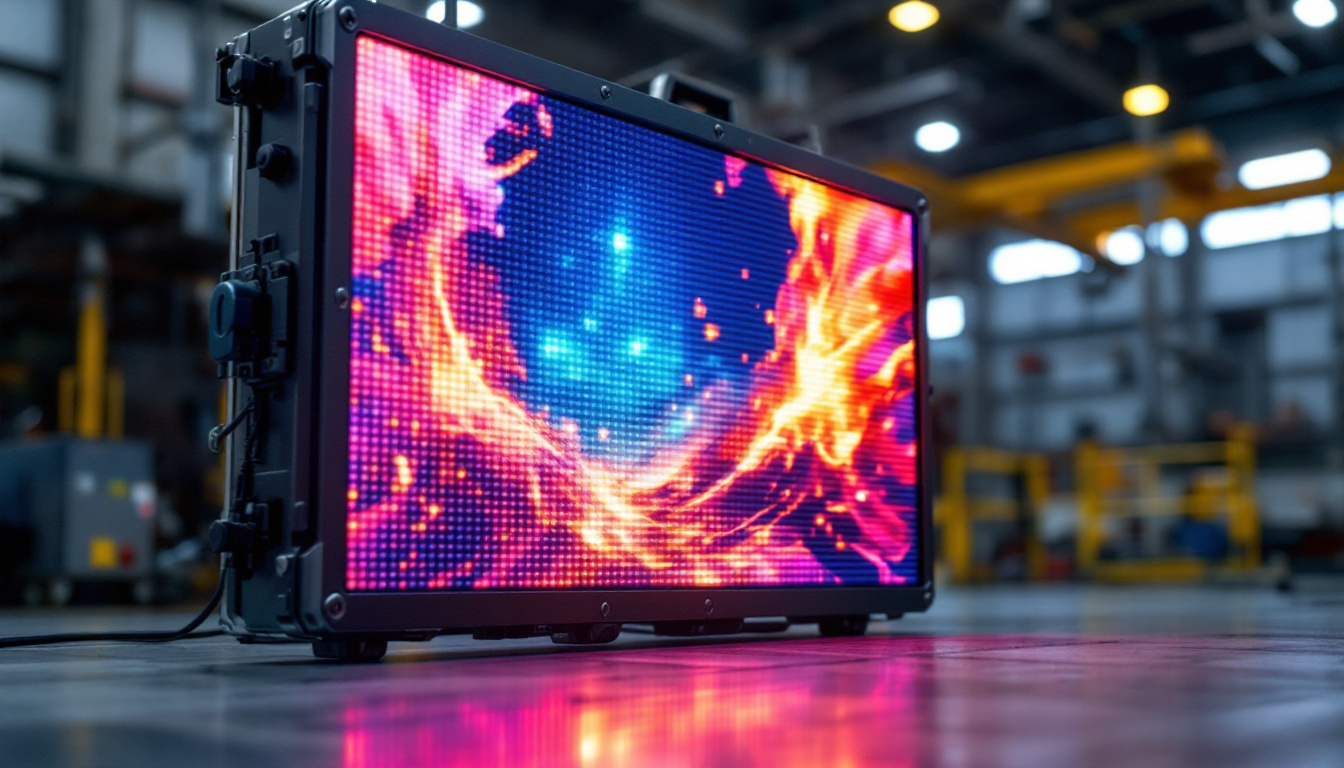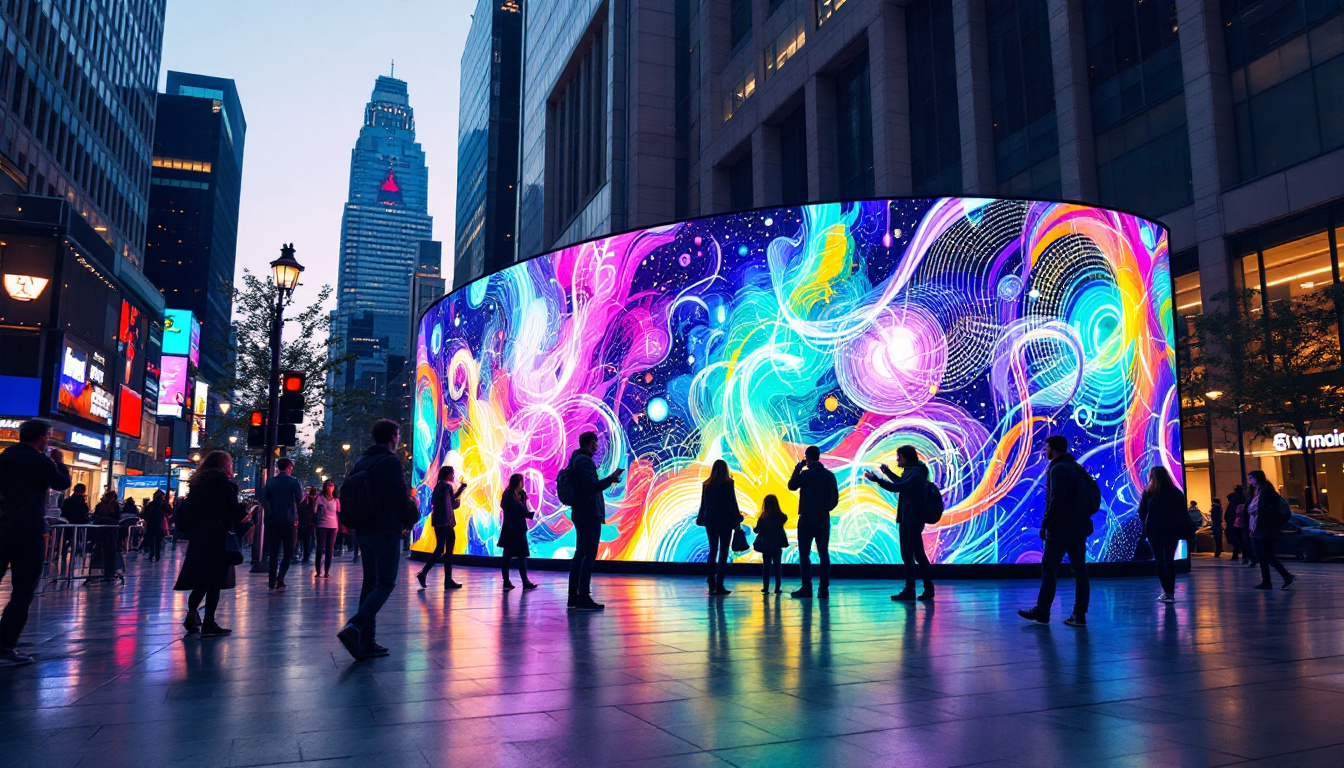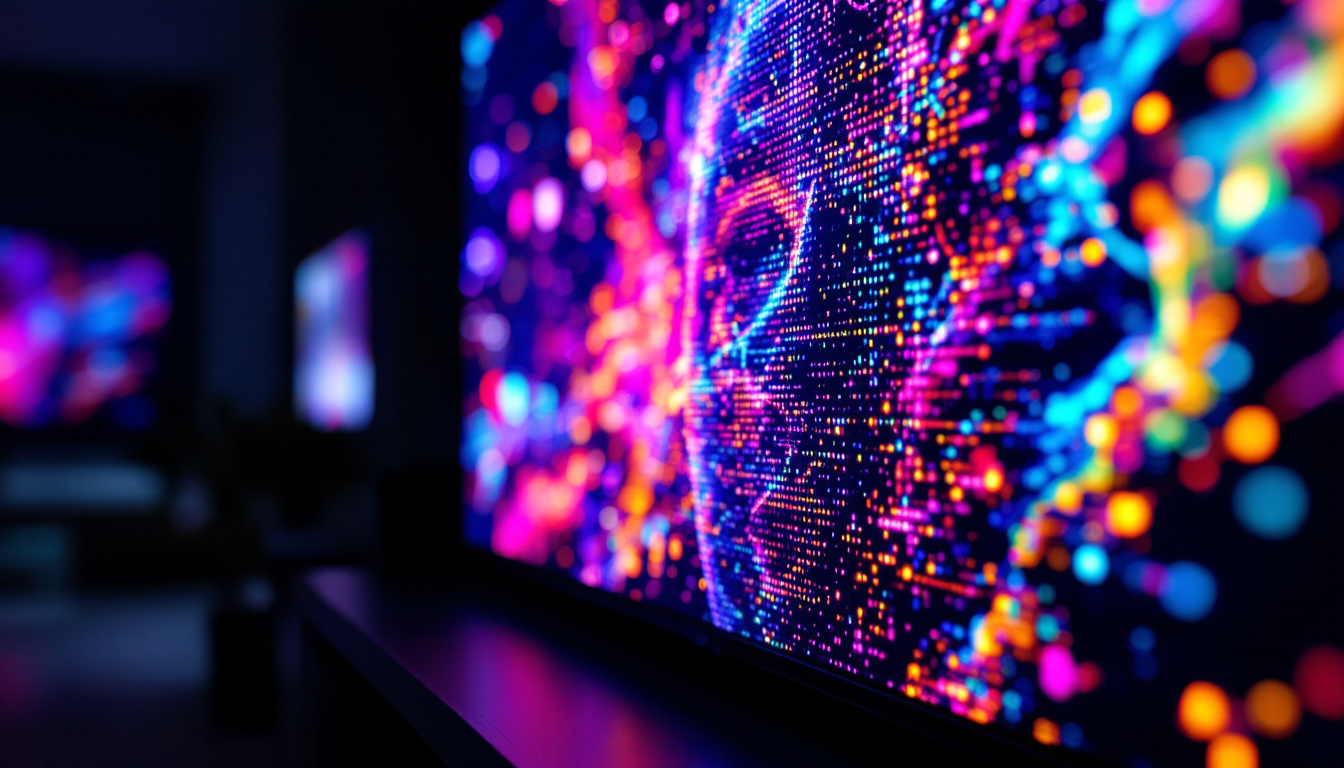In today’s fast-paced world, time management is crucial. digital clocks with big LED displays have become increasingly popular, offering not just functionality but also a touch of modern design. This article delves into the intricacies of LED displays in digital clocks, exploring their technology, benefits, and applications.
Understanding LED Technology
Light Emitting Diodes (LEDs) have revolutionized the way we perceive digital displays. Unlike traditional incandescent bulbs, LEDs are semiconductor devices that emit light when an electric current passes through them. This technology has transformed digital clocks, making them more efficient and visually appealing. The compact size of LEDs also allows for innovative designs, enabling manufacturers to create sleek and modern-looking products that fit seamlessly into contemporary aesthetics.
How LEDs Work
At the core of LED technology is the principle of electroluminescence. When a voltage is applied to the diode, electrons recombine with holes within the device, releasing energy in the form of photons. The color of the light emitted depends on the materials used in the semiconductor. This characteristic allows for a wide range of colors, making LED displays versatile for various applications. For instance, by adjusting the composition of the semiconductor materials, manufacturers can create LEDs that emit colors across the visible spectrum, as well as ultraviolet and infrared light, broadening their utility beyond just lighting to include sensors and communication technologies.
Moreover, LEDs are known for their longevity and durability. Unlike traditional bulbs that can burn out quickly, LEDs can last for tens of thousands of hours, significantly reducing maintenance costs. This longevity is particularly beneficial for digital clocks, which are often designed to be used continuously. Additionally, LEDs are more resistant to shock and vibration compared to fragile incandescent bulbs, making them an excellent choice for portable devices and outdoor applications where durability is paramount.
Advantages of LED Displays
LED displays offer numerous advantages over traditional display technologies. One of the most notable benefits is energy efficiency. LEDs consume significantly less power than incandescent or fluorescent lights, making them an environmentally friendly choice. This efficiency translates into lower electricity bills, which is an attractive feature for both consumers and businesses. Furthermore, the reduced energy consumption contributes to a smaller carbon footprint, aligning with global efforts to promote sustainability and reduce greenhouse gas emissions.
In addition to energy savings, LED displays provide superior visibility. The bright, vibrant colors of LED lights ensure that the time is easily readable, even from a distance or in low-light conditions. This makes them ideal for various settings, including homes, offices, and public spaces. The adaptability of LED technology also allows for dynamic displays that can change colors or patterns, enhancing user engagement. For example, in advertising, LED screens can showcase animated graphics that capture attention more effectively than static images, making them a powerful tool for marketers looking to stand out in a crowded marketplace.
Design and Features of Digital Clocks with Big LED Displays
Digital clocks with big LED displays come in various designs and features, catering to different preferences and needs. From sleek modern aesthetics to more traditional styles, there is a digital clock for every taste.
Size and Visibility
The size of the display is one of the most critical factors when choosing a digital clock. Big LED displays are designed to be easily readable from across a room, making them perfect for large spaces such as auditoriums, gyms, or even living rooms. The larger the display, the more attention it draws, ensuring that the time is always visible.
Additionally, many big LED clocks offer adjustable brightness settings. This feature allows users to customize the display according to their environment, ensuring optimal visibility without being overly bright during the night. Some models even include a sensor that automatically adjusts the brightness based on the ambient light, providing a user-friendly experience that enhances usability at any hour.
Additional Features
Modern digital clocks often come equipped with a range of additional features that enhance their functionality. Some clocks include built-in alarms, timers, and even temperature displays. These multifunctional devices can serve as more than just timekeepers, providing valuable information at a glance. For instance, a clock with a temperature display can help users gauge the room’s comfort level, making it a practical addition to any space.
Moreover, many digital clocks now incorporate smart technology, allowing them to connect to Wi-Fi or Bluetooth. This connectivity enables users to sync the clock with their smartphones or smart home systems, providing a seamless integration of technology into daily life. Some advanced models even feature voice control capabilities, allowing users to set alarms or check the time hands-free. This combination of convenience and innovation not only enhances the user experience but also reflects the growing trend of smart home devices that prioritize efficiency and ease of use.
Furthermore, aesthetic considerations are also paramount in the design of these clocks. Many manufacturers offer customizable faceplates or colors, allowing users to match their clock with their home decor. Whether it’s a sleek black finish for a modern look or a retro design that evokes nostalgia, the variety of styles available ensures that there is a perfect match for every environment. This attention to design not only makes these clocks functional but also adds a decorative element to any room, blending seamlessly with furniture and other decor items.
Applications of Big LED Digital Clocks
The versatility of big LED digital clocks means they can be used in various environments. Their applications range from personal use in homes to professional settings in offices and public spaces.
Home Use
In residential settings, big LED clocks are often used in living rooms, bedrooms, and kitchens. Their striking designs can complement home decor while providing a functional purpose. Many families appreciate the convenience of having a large, easily readable clock in communal spaces, ensuring everyone can keep track of time.
Additionally, some models come with customizable features, allowing users to choose different display colors or styles. This personalization adds a unique touch to home interiors, making the clock not just a tool but also a decorative piece.
Commercial Use
In commercial environments, big LED clocks are invaluable. They are commonly found in offices, schools, and public facilities. In offices, for example, a large clock can help employees manage their time effectively, especially in open-plan spaces where individual clocks may not be visible.
Schools benefit from big LED clocks in classrooms and hallways, helping students and teachers stay on schedule. Additionally, public spaces such as train stations and airports utilize large digital clocks to provide travelers with accurate time information, enhancing the overall travel experience.
Choosing the Right Big LED Digital Clock
When selecting a big LED digital clock, several factors should be considered to ensure it meets individual needs and preferences. Understanding these factors can help consumers make informed decisions.
Display Quality
The quality of the display is paramount. Look for clocks with high-resolution LED screens that offer clear visibility from various angles. A good display should be bright enough to be seen in daylight while also having adjustable brightness for nighttime use.
Additionally, consider the color options available. Some clocks offer multi-color displays, allowing users to choose colors that match their decor or mood. This feature can enhance the aesthetic appeal of the clock.
Functionality and Features
Evaluate the functionality of the clock. Does it offer additional features such as alarms, timers, or temperature displays? Depending on personal needs, these features can significantly enhance the usability of the clock.
For tech-savvy individuals, consider clocks with smart capabilities. Clocks that connect to smartphones or smart home systems can provide added convenience and integration into daily routines.
Maintenance and Care for LED Clocks
To ensure the longevity of a big LED digital clock, proper maintenance and care are essential. While LEDs are known for their durability, following a few simple guidelines can help keep the clock in optimal condition.
Cleaning the Display
Regular cleaning of the display is crucial to maintain visibility. Dust and fingerprints can accumulate on the surface, obscuring the time. Use a soft, lint-free cloth to gently wipe the screen, avoiding harsh chemicals that could damage the display.
It’s advisable to turn off the clock before cleaning to prevent any accidental changes to settings. Additionally, avoid using abrasive materials that could scratch the surface of the LED display.
Checking Power Sources
Many big LED clocks operate on batteries or plug into a power source. Regularly check the power source to ensure the clock remains functional. If using batteries, replace them as needed to avoid interruptions in timekeeping.
For plug-in models, inspect the power cord for any signs of wear or damage. A frayed cord can pose safety risks and should be replaced immediately.
The Future of Digital Clocks with LED Displays
The future of digital clocks with big LED displays looks promising as technology continues to evolve. Innovations in smart technology and energy efficiency are likely to shape the next generation of digital clocks.
Integration with Smart Home Systems
As smart home technology becomes more prevalent, digital clocks are expected to integrate seamlessly with various systems. This integration will allow users to control their clocks through voice commands or smartphone apps, enhancing convenience and functionality.
Additionally, future models may include features such as automatic time adjustment based on location, syncing with calendars, or even displaying notifications from smartphones. These advancements will make digital clocks even more indispensable in daily life.
Focus on Sustainability
With an increasing emphasis on sustainability, future digital clocks are likely to incorporate eco-friendly materials and energy-efficient technologies. Manufacturers may explore options for solar-powered clocks or those made from recycled materials, appealing to environmentally conscious consumers.
As technology progresses, the design and functionality of big LED digital clocks will continue to evolve, ensuring they remain relevant and useful in the years to come.
Conclusion
Digital clocks with big LED displays have become essential tools in modern life, offering a blend of functionality, style, and advanced technology. Understanding the underlying LED technology, the benefits of these clocks, and their various applications can help consumers make informed choices.
As digital clocks continue to evolve, they will undoubtedly incorporate more innovative features, enhancing their role in time management and home decor. Whether for personal use or in commercial settings, big LED digital clocks are poised to remain a staple in our daily lives, helping us keep track of time with ease and elegance.
Explore Cutting-Edge LED Displays with LumenMatrix
As you consider the benefits and applications of digital clocks with big LED displays, take the next step in elevating your space with LumenMatrix’s innovative solutions. Specializing in a wide array of LED display modules, from Indoor and Outdoor LED Walls to Custom and All-in-One LED Displays, LumenMatrix is committed to transforming your visual communication. Experience how our LED Sports Displays, LED Posters, and Transparent LED solutions can captivate your audience and amplify your message. Don’t just keep time—make a statement. Check out LumenMatrix LED Display Solutions and join the revolution in digital display technology.

